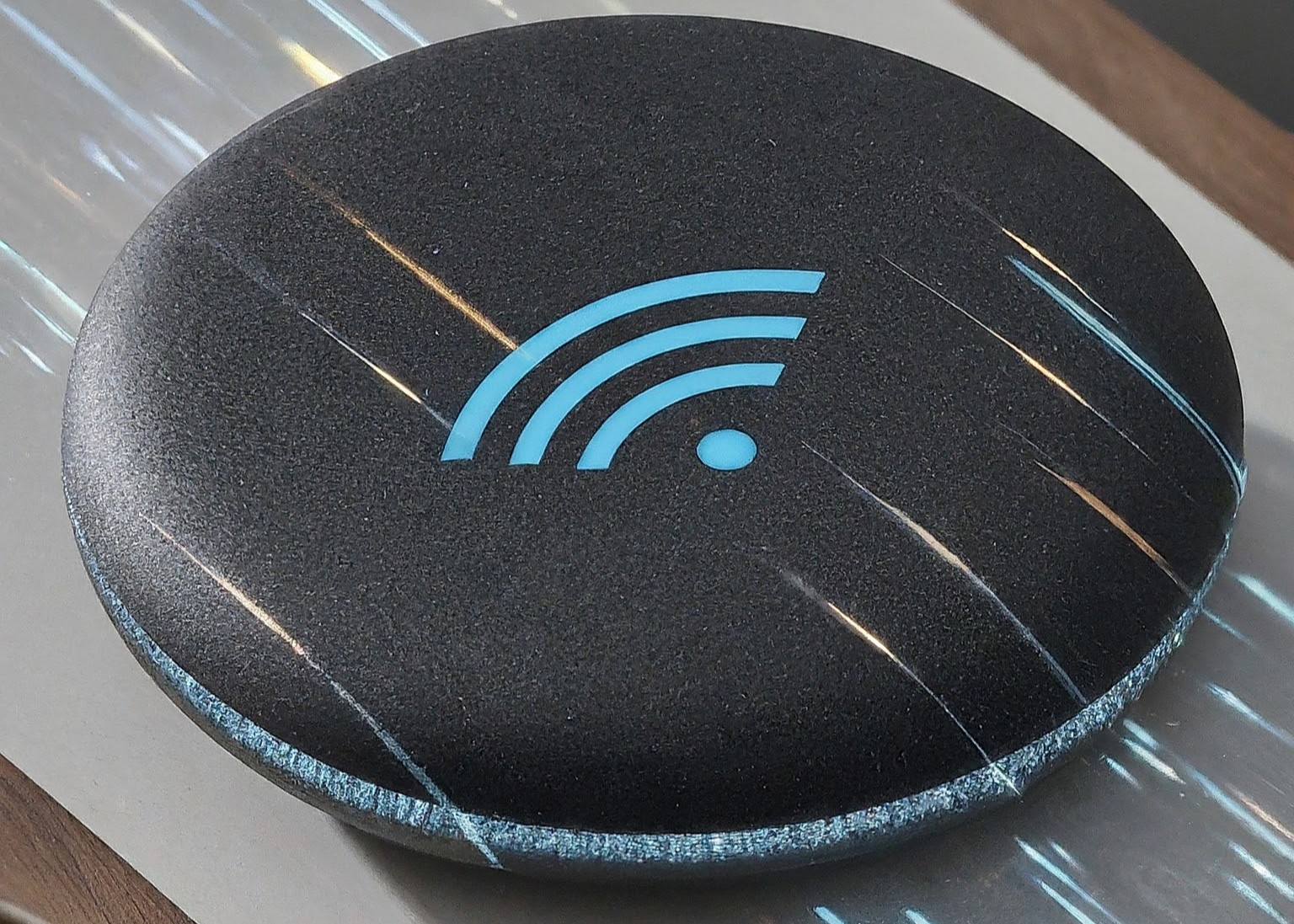Connectivity
Qualcomm unveils breakthrough Wi-Fi tech
The new micro-power Wi-Fi system for IoT connectivity, the QCC730 can transform products in battery powered industrial, commercial and consumer applications.
Qualcomm Technologies has unveiled a new micro-power Wi-Fi system for IoT connectivity. The Qualcomm QCC730 provides up to 88% lower power than previous generations and can transform products in battery powered industrial, commercial and consumer applications.
It was shown for the first time this week at the Embedded World Exhibition & Conference in Nuremberg, where More than 35 companies are showcasing solutions powered by Qualcomm processors across segments such as robotics, manufacturing, asset and fleet management, edge AI boxes, and automotive solutions.
The QCC730 will be complemented with an open-source developer system that supports cloud connectivity offloading for ease of development. Its versatility empowers developers to implement it as a high-performance alternative to Bluetooth IoT applications.
Qualcomm also offers a family of IoT connectivity products, including QCC711, a tri-core ultra-low power Bluetooth Low Energy system, and QCC740, an all-in-one solution supporting Thread, Zigbee, Wi-Fi, and Bluetooth.
“Complementing high-performance, low-latency wireless connectivity solutions, Qualcomm QCC730 SoC is an industry-leading micro-powered Wi-Fi solution enabling Wi-Fi for the world of battery powered IoT platforms,” said Rahul Patel, group general manager for connectivity, broadband and networking (CBN) at Qualcomm Technologies. “QCC730 enables devices to support TCP/IP networking capabilities while remaining form-factor and complete wireless constrained, whilst remaining connected to the Cloud platforms.
“Along with the rest of our IoT connectivity portfolio, this new offering places Qualcomm Technologies at the centre of next generation battery-powered smart-home, healthcare, gaming and other consumer electronic devices, and reflects on our commitment to utilize our decades of R&D to pioneer new user consumer experiences.”
Qualcomm also unveiled a new RB3 Gen 2 Platform as a comprehensive hardware and software solution designed for IoT and embedded applications. Utilising the Qualcomm QCS6490 processor, the RB3 Gen 2 offers a combination of high-performance processing, 10x increase in on-device AI processing, support for quadruple 8MP+ camera sensors, computer vision, and integrated Wi-Fi 6E.
RB3 Gen 2 is expected to be used in a wide range of products, including various types of robots, drones, industrial handheld devices, industrial and connected cameras, AI edge boxes, intelligent displays, and more. This platform is now available for pre-order in two integrated development kits and supports downloadable software updates to simplify application development, integration, and build proof-of-concepts and prototypes.
The RB3 Gen 2 is also supported in the recently announced Qualcomm AI Hub, which contains a library of continuously refreshed pre-optimised AI models for superior on-device AI performance, lower memory utilisation, and power optimised operation. This allows for an out-of-the-box optimised experience across a variety of broadly used AI models deployed across IoT and embedded applications. Developers can view a selection of models for RB3 Gen 2 and integrate the optimized AI models into their applications, reducing time-to-market and unlocking the benefits of on-device AI implementations such as immediacy, reliability, privacy, personalszation, and cost savings.
RB3 Gen 2 features support for Qualcomm Linux — a comprehensive package of OS, software, tools, and documentation precisely designed for Qualcomm Technologies’ IoT platforms. It offers a unified Linux distribution that caters to multiple SoCs, starting with the QCS6490 processor, featuring essential components like the Long-Term Support (LTS) kernel, to enable a consistent and superior developer experience. The Qualcomm Linux software stack extends support to all processor cores, subsystems, and components within the platform. Qualcomm Linux is currently available for private preview with select collaborators and is planned for wider availability to developers in the coming months.

















